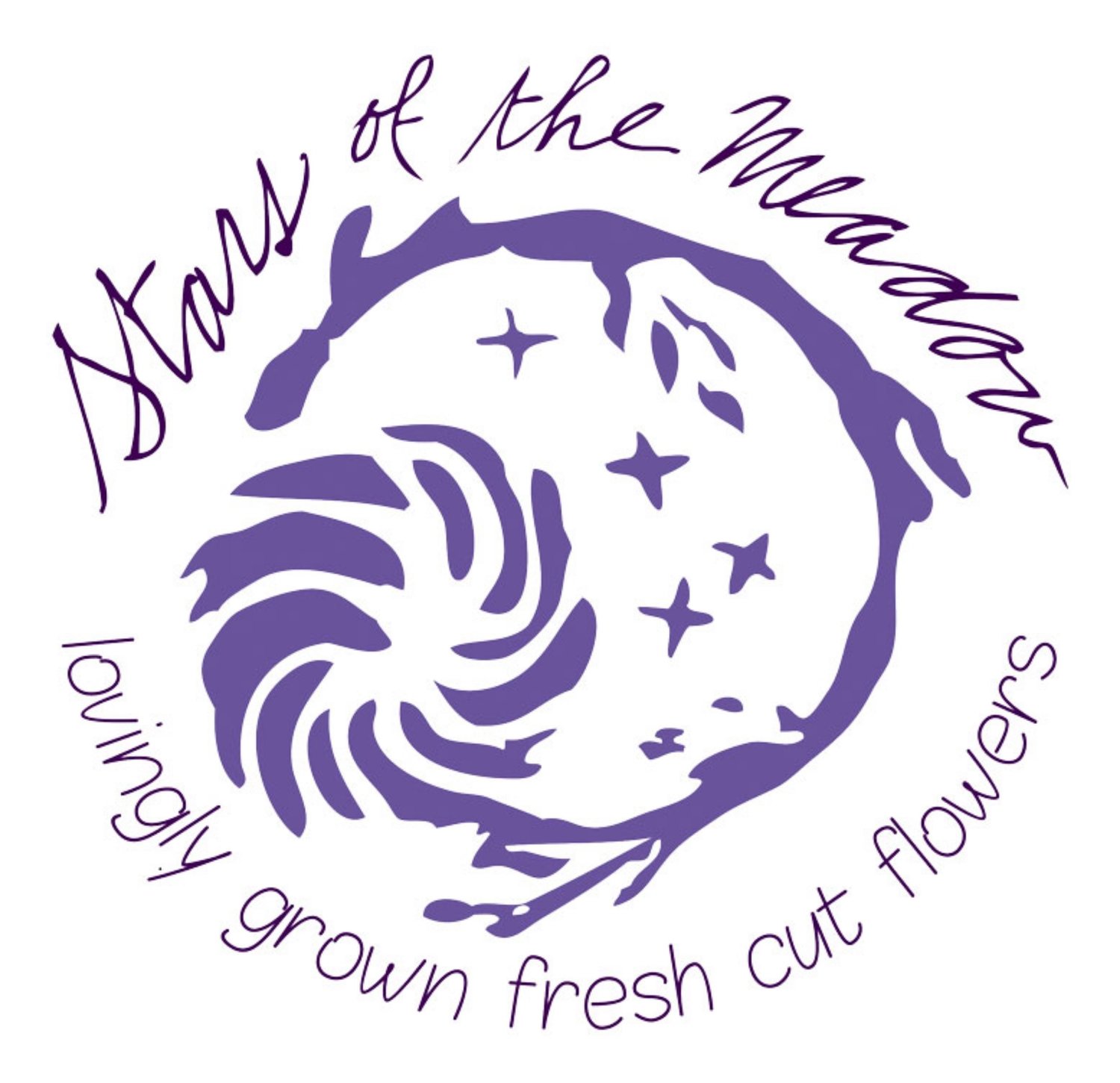The Tuber shop is closing soon for 2024, and shipping has begun!
Shipping:
-I can combine shipping on multiple orders if you kindly email starsofthemeadow@gmail.com before Monday April 15th. Tubers are shipped in flat rate USPS boxes.
-Shipping begins mid April and takes a couple of weeks, according to your region/temps. Know that we are working hard to get your tubers to you!
-I ship in the order I receive orders. You will receive a shipping confirmation email once your package is ready for shipment. Check all email folders for those emails!
return/refund policy:
You might not see a visible eye on your tubers when you receive them, as they are not pre-wakened. Some varieties stay dormant longer.
If, after opening immediately upon receipt, you discover you’ve received bad tubers, take photos and contact starsofthemeadow@gmail.com within three days for a solution.
Storage post-receipt, planting, weather conditions and other factors beyond our control will not qualify a refund, but please get in touch if you believe something has gone awry. Eyeless tubers will be refunded. Take pictures.
Dahlia Growing info
Dahlias are some of the most bewitching flowers we’ve had the privilege to grow. It’s hard to describe how compelling they are. They’re also some of the most productive and hardworking plants and have earned their spot in gardens and flower farms alike. These varieties are specifically grown at Stars of the Meadow for cut flowers but they make fantastic garden plants too. Praying mantis, monarchs, grasshoppers, bumblebees, tree frogs and cats all seem to agree that the Dahlia patch is the place to be on the farm.
Growing and Caring for Dahlias
Once you receive your dahlia package, open the box right away. They can be planted immediately if soil temps are warm enough, or stored in a cool place like a basement or the fridge until you’re ready to plant.
Dahlias prefer a full day of sun, or as much as they can get, to produce a floriferous plant. They can be planted in a fertile spot in the garden, farm, or in pots so long as they have good drainage and adequate water, about 1” or rainfall or supplemental water weekly. You can plant up to two weeks before your last frost date as shoots take 2-3 weeks to emerge. Plant tubers 6” deep, horizontally with the eyes facing up, in a loose fertile spot amended with compost. They don’t need to be watered until they emerged unless its an extremely dry Spring. Mulch around plants to keep weeds down and water once they emerge.
In cooler zones, starting dahlias in pots indoors can give you a jump on the season and extend their bloom time. At Stars of the Meadow, tubers get planted beginning in early May and plants behind blooming lightly in late July. By late August they are really beginning to produce, and by September they are blooming their heads off until frost. Cool late Summer nights deepen their hues and some varieties really shift color at that time.
You can pinch out (remove) the growing tip of your dahlias to create bushier plants and more numerous stems when shoots emerge and have 4 leaf pairs. Keeping flowers cut or deadheaded will stimulate the plants to continue blooming all season so keep harvesting! Or allow one or a few main stems to form to produce the largest and earliest flowers. For taller varieties, staking is necessary to keep plants upright and blooms off the ground.
For cut flowers, harvest your blooms just before they are fully open when centers still have some unfurling to do, in the cool of the morning or evening and put directly into to cool water. Vase life ranges between 3 and 7 days with the ball types lasting the longest as cuts.
Digging and Storing Dahlia Tubers
One tuber planted this season will grow a clump with multiples, so you can increase your stock or share with friends.
Dahlias are not hardy below zone 8, and if you’d like to save your tubers for next year, you’ll need to dig them up and store them in a frost free place. Once you’ve had a hard frost, wait several days for plants to blacken, and then dig up clumps carefully with a digging fork and remove the stalks. Take care to avoid damaging the ‘neck’, or thinnest part of the tuber which connects it to the stalk where the eyes are. Tubers will not be viable if the neck is cut or damaged. Store in slightly damp peat moss, wood shavings or vermiculite in a frost free place around 40 degrees. Do not store them where temps could dip below 32. A slightly humid cool basement is great. For small quantities, a fridge crisper drawer works in a pinch. Check tubers throughout the Winter for signs of shriveling if too dry, or rot if too damp. Remove rotten tubers and allow media to dry a bit. Add humidity if tubers are too dry.
At Stars of the Meadow, dahlia tubers are dug in the fall, hosed off and divided in to smaller clumps with several eyes on each piece and allowed to dry for a few hours to allow cut surfaces to ‘heal’. Then they are packed in fairly dry peat moss or vermiculite in crates lined with plastic potting soil bags and stacked in a 40-45 degree cooler. Some sources say to never store tubers in plastic or in lidded bins. Others swear by them. Through trial and heartbreaking error, this storage method has worked the best here since humidity is low.
Here’s a quick tutorial on dividing a dug and washed dahlia tuber clump:
